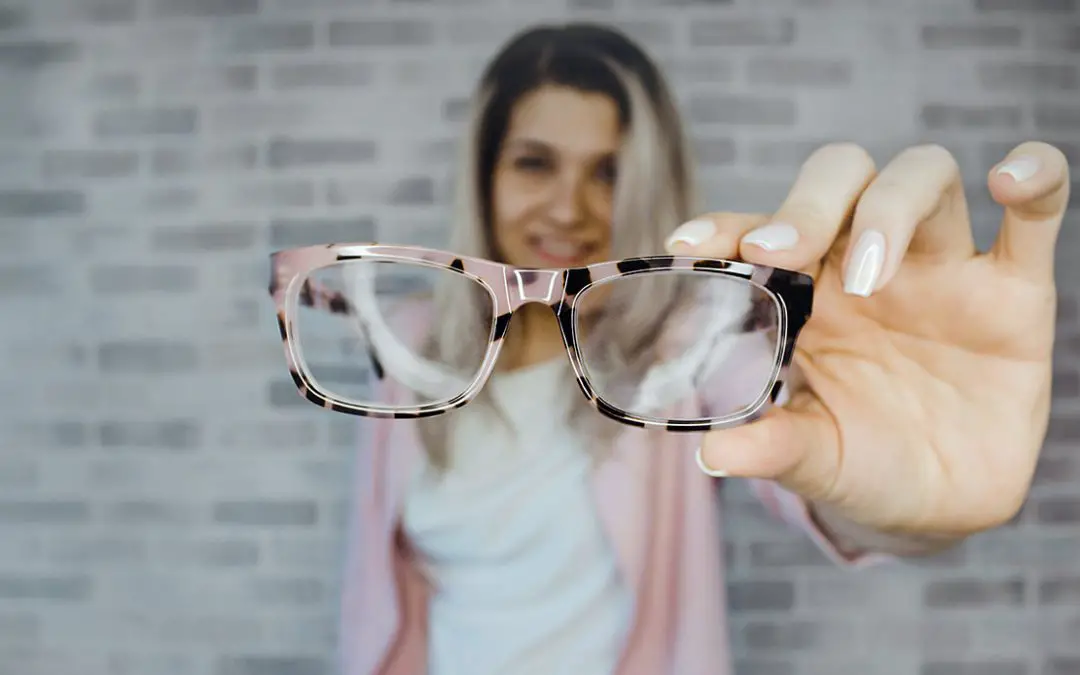Parts of Glasses
Beyond the Lens: Exploring the Intricate Anatomy of Eyeglasses
When it comes to looking to purchase a new pair of specs you can often be bombarded with technical terms and jargon related to the different parts of your glasses. This can often end in purchasing eyewear that might not be the right fit for you whether it be the Bridge being too large or the temples being the wrong shape. Understanding the various parts that make up a pair of glasses is a fantastic step to making better-informed decisions when it comes to purchasing a new pair of specs so it’s best to get up to date with the names of these parts, their function in the overall glasses, and the differences they can make when looking at different brands to consider. In this article, we’re going to take a deep dive a give you the knowledge the better understand your eyewear.
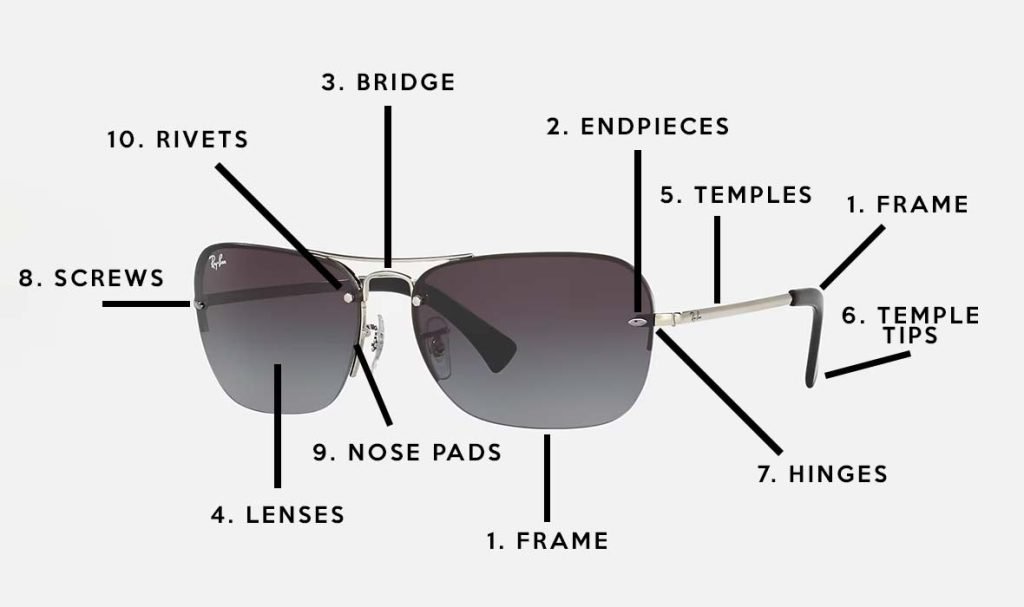
Parts of Glasses: A Basic Overview
Above is a handy infographic that easily lays out the various parts of a pair of glasses. In total, there are 10 different parts each that hold a different function whether it be entirely aesthetic (such as the color of the frame) through more functional parts like the Hinges. Take the time to look over the graphic above, and even download it for later if needed. Next, we’re going to go into more detail regarding each part, its function, and the different types you can get.
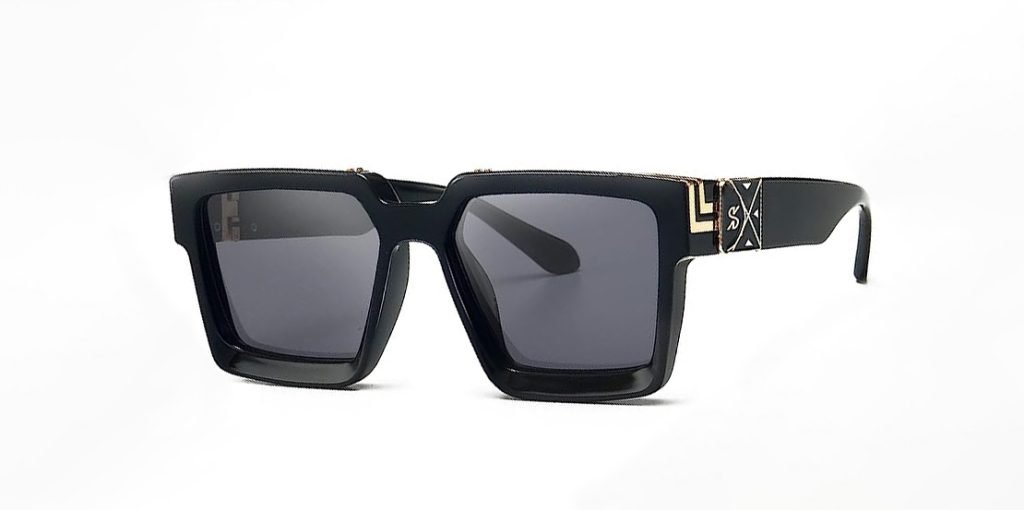
Frames: The Skeleton of the Glasses
The frame is probably the most versatile component of glasses that serves both functional and aesthetic purposes. Technically speaking, It holds the lenses in place and provides stability and support for the entire eyewear structure. But generally, these are what give your frames the bulk of their style and what people look most closely at when choosing a pair of glasses. When choosing frames, there are various factors to consider, such as material, style, shape, size, and color. Just take a look at the image above. These frames are made up of a majority of thick black acetate which gives a bold appearance on the face. An alternative to these frames would be something like wire-framed rimless glasses as these eyeglasses here from Reykavik Eyes.
These differences in frames can also greatly impact comfort and durability. Examples include whether or not the frames have a rim around the lenses themselves and come in such different styles as Full rim, half rim, or no rim at all (rimless). When considering a new pair of glasses try to stay aware of your face shape to ensure a flattering and comfortable fit. But, at the end of the day, the shape of the frames is mostly aesthetic so find frames that you enjoy wearing above all else – that’s the main thing.
You often hear buzzwords such as ‘face-shape’ thrown about and discover glasses that fit your face shape. This information isn’t based on fact and I generally find the whole idea a bit pointless. Additionally, taking into account factors like lens prescription compatibility and maintenance requirements can help you make an informed decision when purchasing new glasses. Certain larger frames will give better coverage over the face and block light easier. The aforementioned rimless frames are more brittle and more prone to break as they don’t have the support of the frame (or any at all).

Endpieces: The Literal Ears of the Glasses
The Endpieces connect the temples (also known as arms) to the frame front, securing the entire eyewear structure. Functionally, they provide stability and help distribute the weight of the glasses evenly on the wearer’s face. When considering endpieces, variations to keep in mind include the design, material, and adjustability. Different endpiece designs can affect the fit, comfort, and overall aesthetics of the glasses. Try to stay aware of the adjustability options to ensure a customized fit and proper alignment with the wearer’s ears. Some glasses provide little adjustability while others have more. The endpieces’ quality, flexibility, and adjustability can contribute to a comfortable and secure fit that makes for a better quality fit and feel on the face.

Bridge: An Archway to Better Comfort
The Bridge is an often overlooked part of glasses and although its main function is to connect the two lens rims together, it also forms a large part of providing comfort to the nose. Functionally, it provides stability, and support, and helps to distribute the weight of the glasses evenly but pick a Bridge too narrow or not large/small enough for your nose and you can start to find your glasses become increasingly uncomfortable. When considering the bridge you need to consider its shape, size, and material. Different bridge designs can impact the fit, comfort, and overall aesthetic appeal of the glasses from thick acetate ones to more bendy wire ones. Today, glasses brands put a lot of effort into designing bridges that are comfortable and enjoyable to wear. Adjustable nose pads and the material’s durability can help ensure a comfortable fit. The best thing you can do is get glasses designed and shaped to your exact face shape. Picking respectable opticians will help with this.
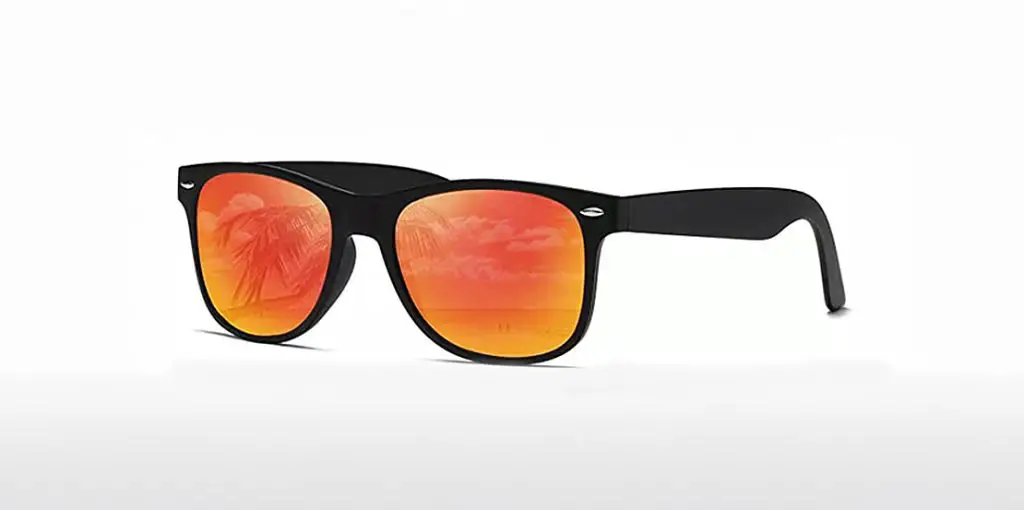
Lenses: A Variety of Considerations
I think everyone reading this should be familiar with Lenses are they are by far the most crucial part of a pair of eyeglasses or sunglasses alike. Along with correcting your vision they can also provide protection from UV and improve visibility with different colors or coatings being applied. When looking for new glasses, there are various lens variations to consider. Lenses can be made from a surprisingly varied amount of different materials such as and not limited to glass, plastic, or polycarbonate. The fun really starts when you delve into the different lens types such as single vision, bifocal, progressive, or coatings such as anti-reflective, UV protection, or scratch-resistance. Lifestyle needs (e.g., computer use, outdoor activities), and personal preferences (color or design) are also some factors to consider. Again, talking through all this with a professional Optician is the best way to discover the different options available to you and the ones best for your own unique circumstances.
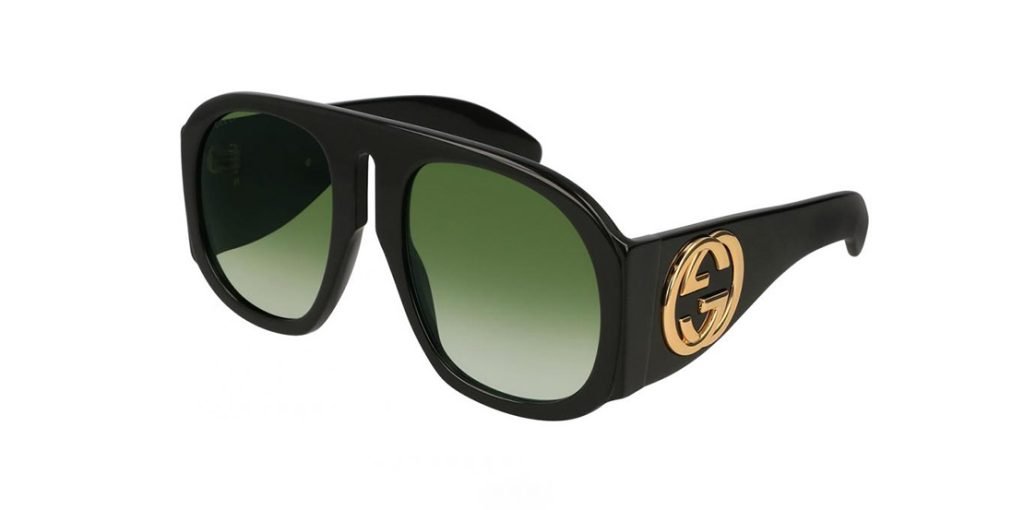
Temples: The Arms of the Glasses
The temples, also known as the arms or sides, are what anchor your glasses to your face and keep them stable. Temples are another one of those parts which should be carefully considered based on the wearer’s face shape. Ill-fitting arms can cause glasses to slide off the face and move about when undesired. Along with this style can play a big factor in the Arms of your glasses. The image above showcases a pair of sunglasses with very thick arms and a huge logo encrusted on the side. Fashionable – for sure, but these come at a cost with added weight these glasses are heavier on the face. That being said, larger templates often provide a more secure fit and additional weight can keep them fitted in place with less unnecessary movement.
Temple Tips: Overlooked but for Good Reason
The temple tips also referred to as earpieces or end covers, are the final portion of the glasses that rest behind the wearer’s ears. Their primary function is to provide comfort and stability by distributing the pressure evenly. When considering temple tips, there are various variations to consider, such as material, shape, and adjustability. Different temple tip designs can impact the fit, comfort, and overall wearing experience. It’s important to be aware of your personal preferences and any specific needs when selecting temple tips. Factors to consider include the material’s flexibility, softness, and grip to ensure a comfortable and secure fit. When looking for new glasses, paying attention to the quality and design of the temple tips can contribute to a comfortable and enjoyable wearing experience.
Hinges: To Flex or Not to Flex
I think good Hinge design is underrated. After all, they are the primary reason glasses are convenient to carry when not in use. Whether or the type to hook them on a shirt or put them on your head, Hinges are a part of glasses that aren’t going anywhere. Different types of Hinges are hard to come by, but generally, durability and flexibility are the main factors to consider when choosing a pair of glasses. Most brands these days offer a certain level of flexibility (spring hinges) allowing the glasses’ arms to move freely and in multiple directions. Another innovation is in Hinge strength. There’s nothing worse than needing one of those tiny screwdrivers to tighten up arms and good-quality Hinges will solve this.
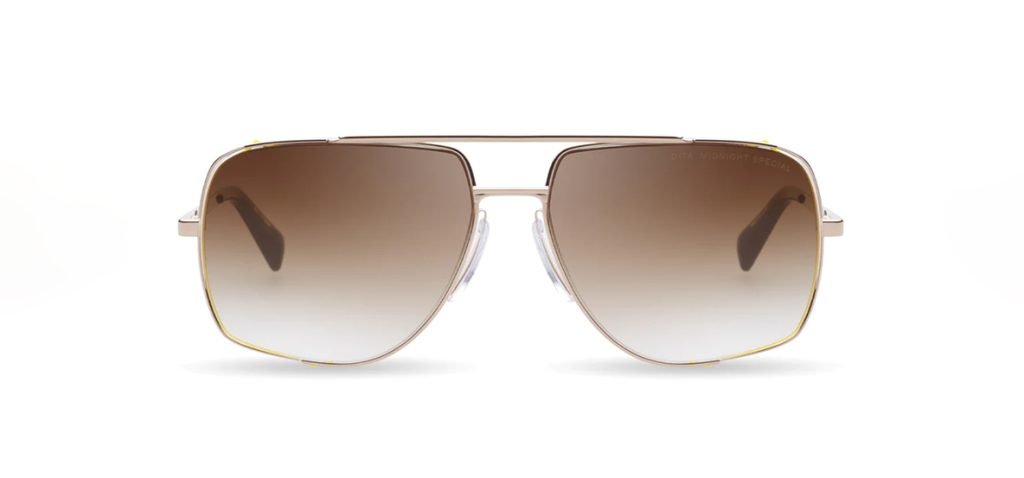
Nose Pads:
The nose pads are small, adjustable components of glasses that rest on the wearer’s nose, providing comfort, stability, and proper alignment. If you’re a frequent glasses wearer then you know how annoying these can be as they can be quite brittle and snap off quite easily. Comfort is their primary use but they also aid in helping distribute the weight of the glasses evenly. The choice of different nose pads can be quite limited and there’s not been that much innovation in that regard (so much so many sunglasses don’t even come in any). I personally, don’t care much for them but if you think they help, or have done so in previous glasses, defiantly consider them carefully when choosing new eyeglasses.

